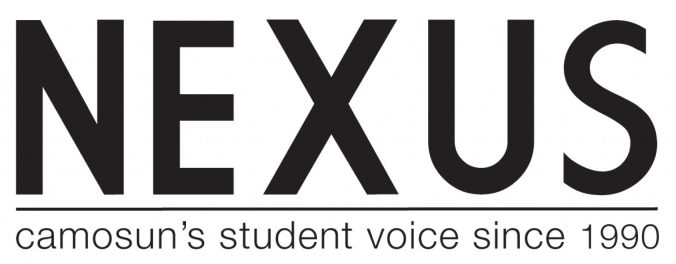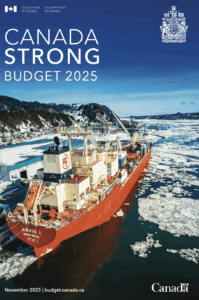The 2025 federal budget will roughly halve the number of international-student study permits beginning next year, despite concerns over financial strain on colleges and universities—some of which, like Camosun, are already confronting major budget deficits.
Passed on Monday, November 17, the budget—Canada Strong—plans to issue a maximum of 155,000 new international student permits in 2026, and 150,000 in both 2027 and 2028, reduced from the cap of 305,900 announced under former prime minister Justin Trudeau in October 2024—itself a reduction from previous caps.
Camosun College Student Society (CCSS) external executive Terence Baluyut says that current levels of international study permits aren’t even being met, due to damage to the country’s post-secondary reputation.
“Well, the thing is, right now, even though we already are having some cuts with international study permits, statistics show us that Canada is not even meeting those gaps,” he says. “And that shows that Canada as a brand for international education has really been tarnished because of the years of failed policy. So even though they would be doing some more caps in international study permits, there’s also no guarantee that those caps would be met. And this really sucks because that means that many post-secondary institutions now have to navigate through the challenges of trying to see how could they balance their own budget having no more international students enrolment.”
Camosun currently has 1,155 international students (down from 1,836 in the fall 2024 semester) with international-student tuition making up 12 percent—$21 million—of its revenue.
A spokesperson for Camosun declined an interview for this story, saying it was too early to speculate how the new cap may affect the college.
Canadian Association of University Teachers (CAUT) president Robin Whitaker says that while the decision to further reduce the cap may have been necessary to get a grip on international-student recruitment exploitation, the plan leaves little for institutions to rely on.
“What we need to do is look at the foundation,” says Whitaker. “Public post-secondary education in Canada is under severe strain. And so, lowering the cap, again, on international students means that there will be reduced revenues for post-secondary institutions. Without some plan to deal with the financial fallout, the current strain is only going to be exacerbated. And so that will have effects on both academic staff members and on students who, again, may be facing program reductions or elimination at their local college or university.”
The student society sent representatives to Ottawa to advocate for post-secondary issues at the same time that Budget 2025 was being voted on.
“So we have had meetings with the government as well as the MPs from other parties to make sure that they know about what’s happening on the ground,” says Baluyut. “One thing that we’re bringing forward for sure [is] what’s happening on the ground in our campus, like the affordability concern that’s going on.”
Whitaker says that one of the complications of post-secondary funding is that education is in the provincial jurisdiction.
“Provincial governments obviously have a key responsibility there,” she says. “But the federal government can play a role as well. And, really, at this stage, provinces and the federal government need to get together and come up with a plan to stabilize funding for post-secondary education in Canada. I think we’re all looking for ways to strengthen Canada right now, and there’s a lot of talk about nation-building projects and so on. And post-secondary education and research has a key role to play in that, but it needs to be supported in a sustainable way for for us to reach that potential.”
Whitaker says that Canada has a strong history of providing high-quality accessible public post-secondary education, but she’s disappointed in the direction that a lack of funding may lead it in for Canadian students as well.
“I think that’s been one of our strengths, that there has been a history where no matter where you are, if you go to your local public college or university, you’re going to get a good education. It’s really a shame to see that being put into jeopardy because of chronic underfunding,” says Whitaker. “We want every Canadian student to have access to the same opportunity and to an opportunity to get a high-quality education that they can afford and that’s accessible to them. I think that’s what this is really all about. There’s a lot of places in Canada where if students are not able to travel, if a program is not available close to home, it’s simply not accessible to them. And that’s an equity issue. I think this really matters for the strength of the country and for the future of the country. But it also matters as a contribution to democratic equality and a commitment to ensuring that all Canadians have the same opportunities.”

